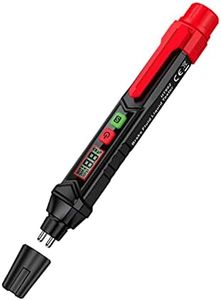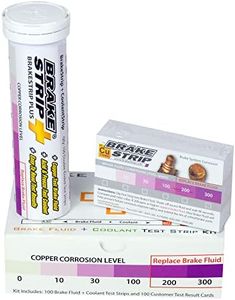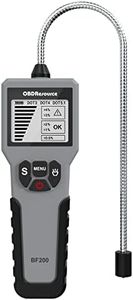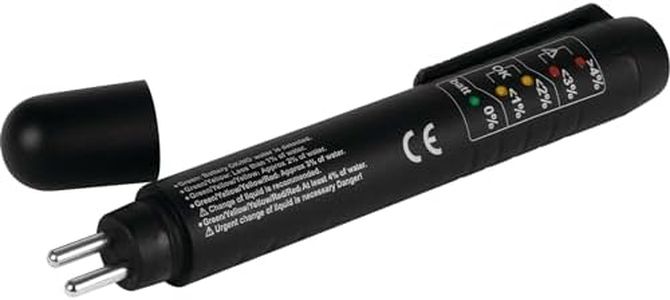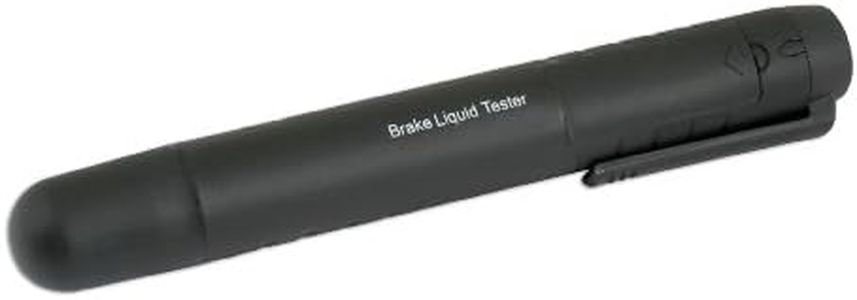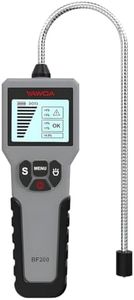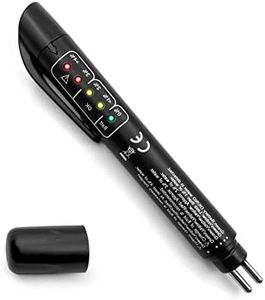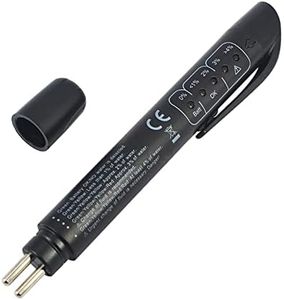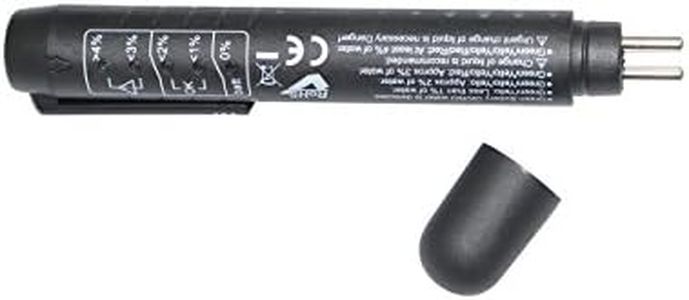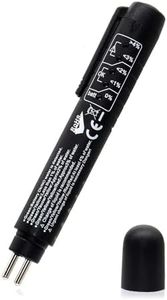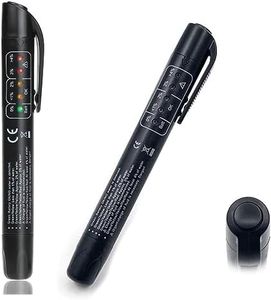We Use CookiesWe use cookies to enhance the security, performance,
functionality and for analytical and promotional activities. By continuing to browse this site you
are agreeing to our privacy policy
10 Best Brake Fluid Moisture Testers
From leading brands and best sellers available on the web.Buying Guide for the Best Brake Fluid Moisture Testers
Choosing a brake fluid moisture tester can feel confusing with all the options out there, but understanding your goals will help narrow things down. These devices check the level of moisture in your vehicle’s brake fluid, which is important for maintaining safe braking performance. The right tester for you will depend on how often you plan to use it, your experience level, and whether you need quick checks or more precise measurements. Let’s look at the key specifications and how to think about each when deciding what’s best for you.Testing MethodThe testing method refers to how the device checks for moisture in brake fluid. The two most common types are electronic testers (typically pen-style) and chemical strip testers. Electronic testers measure the conductivity or resistance in the fluid, which changes as moisture content rises. Testers with indicator lights are simple to use, while those with numerical displays give more details. Chemical strips, on the other hand, change color when dipped in fluid, indicating the presence of moisture. If you want quick and repeatable checks with minimal effort, electronic testers are a good fit. If you only need an occasional check or want a very low-tech option, strips may be sufficient.
Accuracy and SensitivityAccuracy relates to how close the tester's reading is to the actual moisture content in the brake fluid, while sensitivity refers to how small a change it can detect. Some testers can distinguish between very low and high levels of water with fine gradations, while other models only indicate broad ranges (like low, medium, or high). If you’re a professional or want to spot changes before they become serious, pick a device that offers detailed readings and higher sensitivity. For casual use, simple indicators showing when fluid is safe or unsafe are adequate.
Compatible Brake Fluid TypesBrake fluid comes in several types (most often DOT3, DOT4, and DOT5.1 for cars), and some testers only work with certain types. The compatibility spec tells you which brake fluid types the tester supports. Check your vehicle’s manual to find out your fluid type, then ensure the tester you pick clearly lists that type. A tester compatible with multiple fluid types is more versatile, especially if you plan to use it on several vehicles.
Ease of UseEase of use covers how straightforward the tester is to operate. This takes into account the clarity of the instructions, how simple it is to interpret results, and whether extra steps are required. Models with LED lights or simple pass/fail signals are quickest for beginners. If you’re comfortable reading percentages or charts, advanced testers give deeper information. Consider how confident you feel about using new tools and how fast you want your results before deciding.
Durability and DesignSince brake fluid is corrosive and garages can be tough on tools, durability matters. Look for testers made from sturdy materials with protective features like caps or sealed buttons. Pen-shaped designs are easy to carry and store, while bulkier testers may offer more functions. If you plan to use the tool often or in challenging conditions, prioritize robust design over style.
